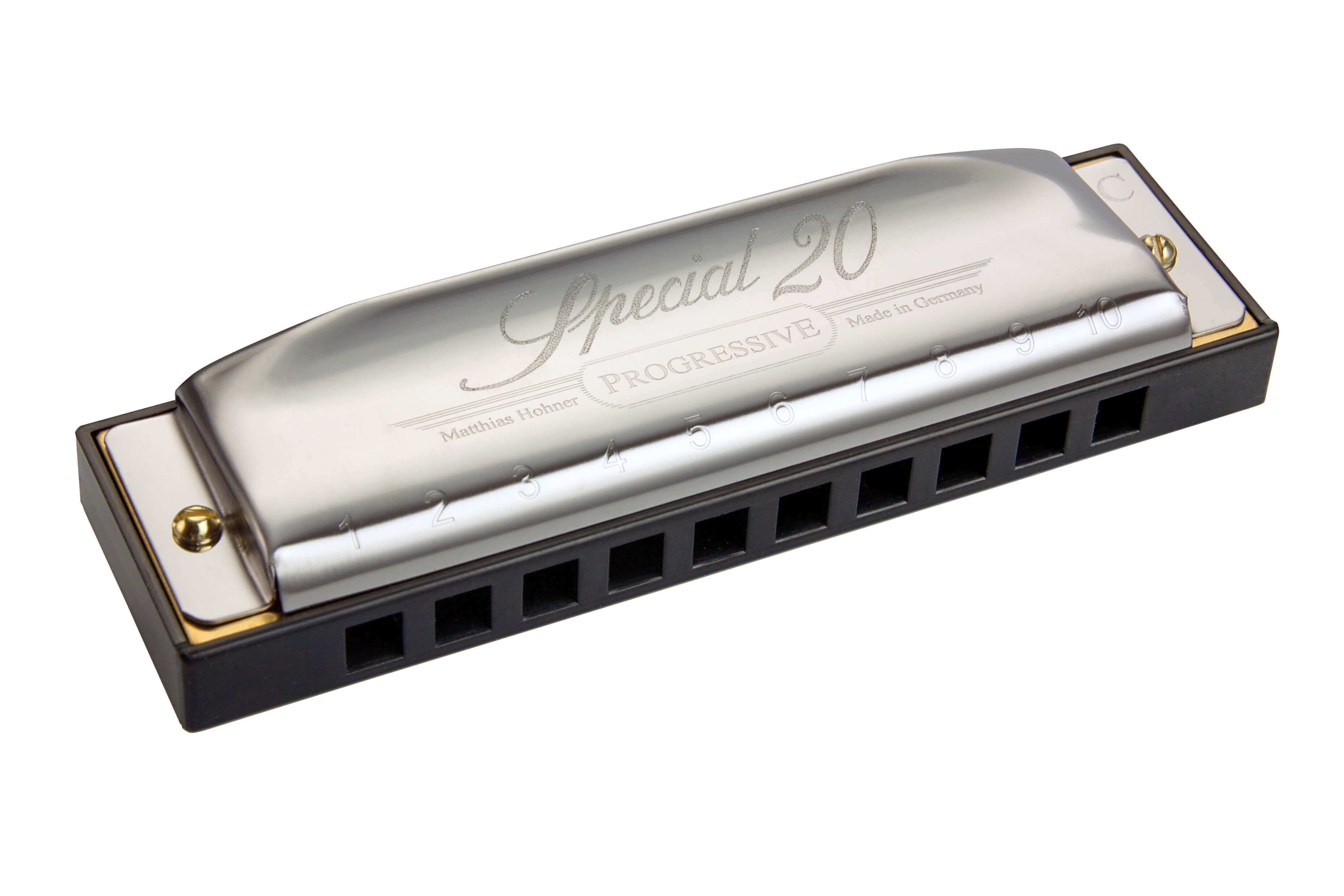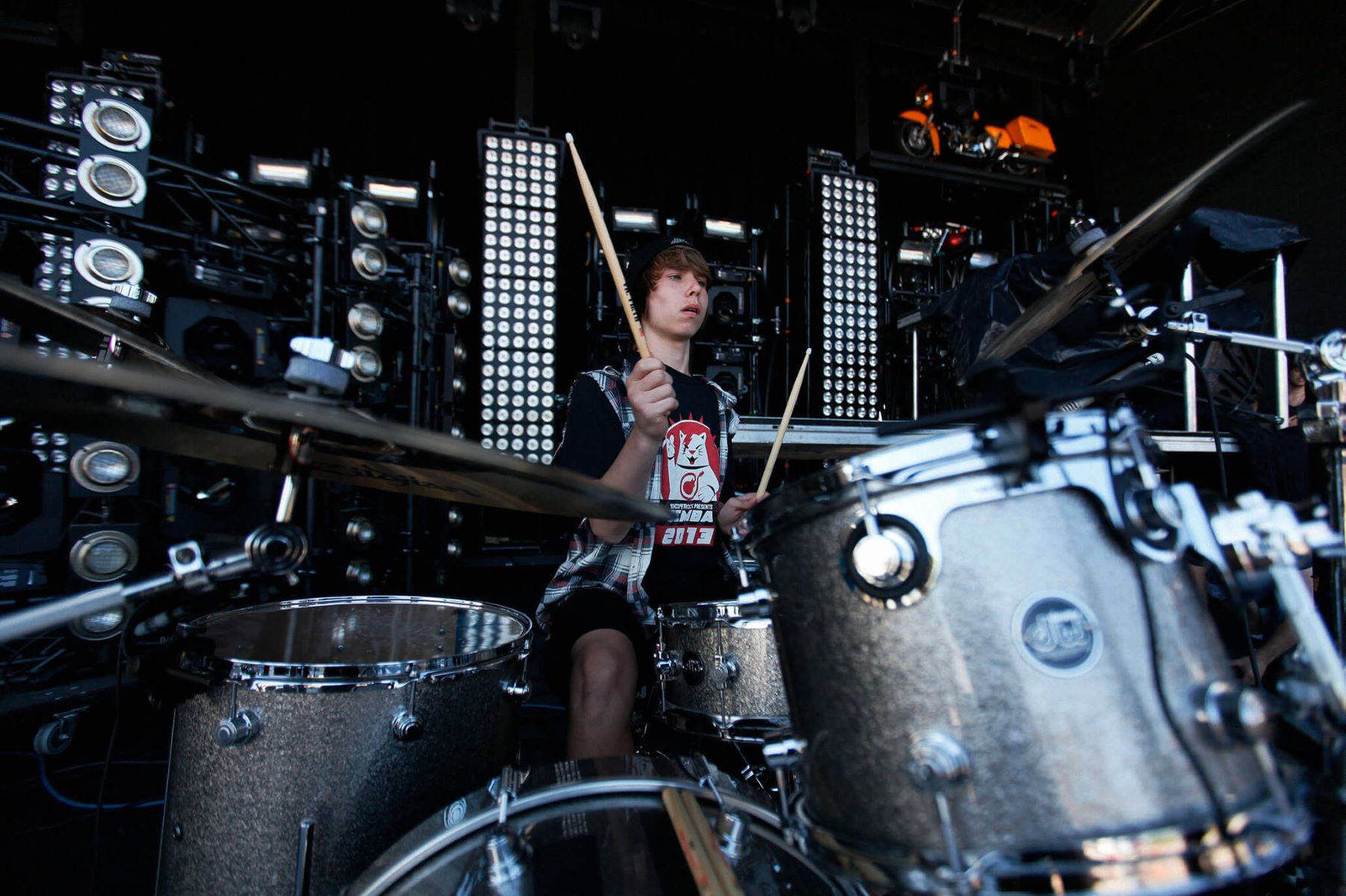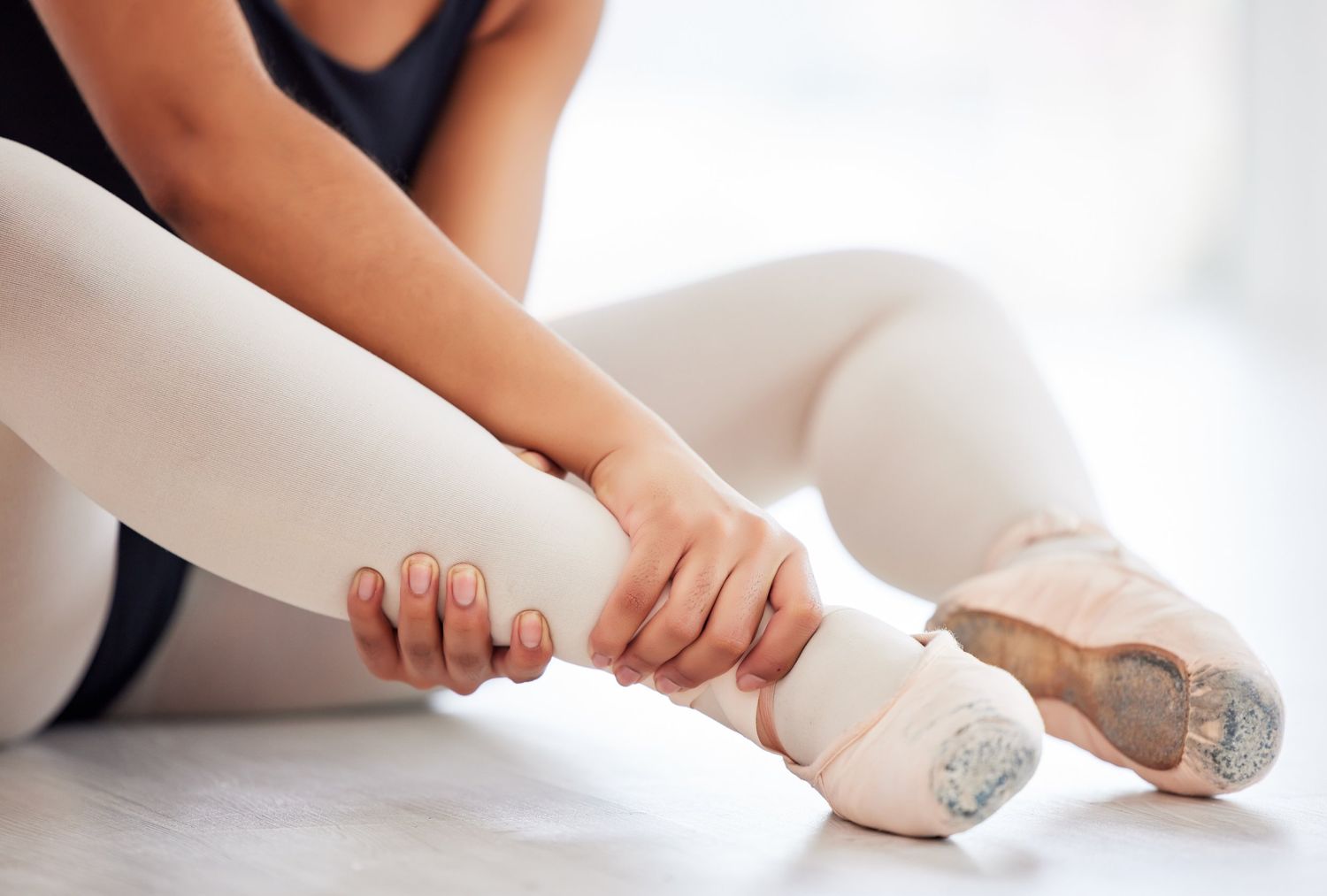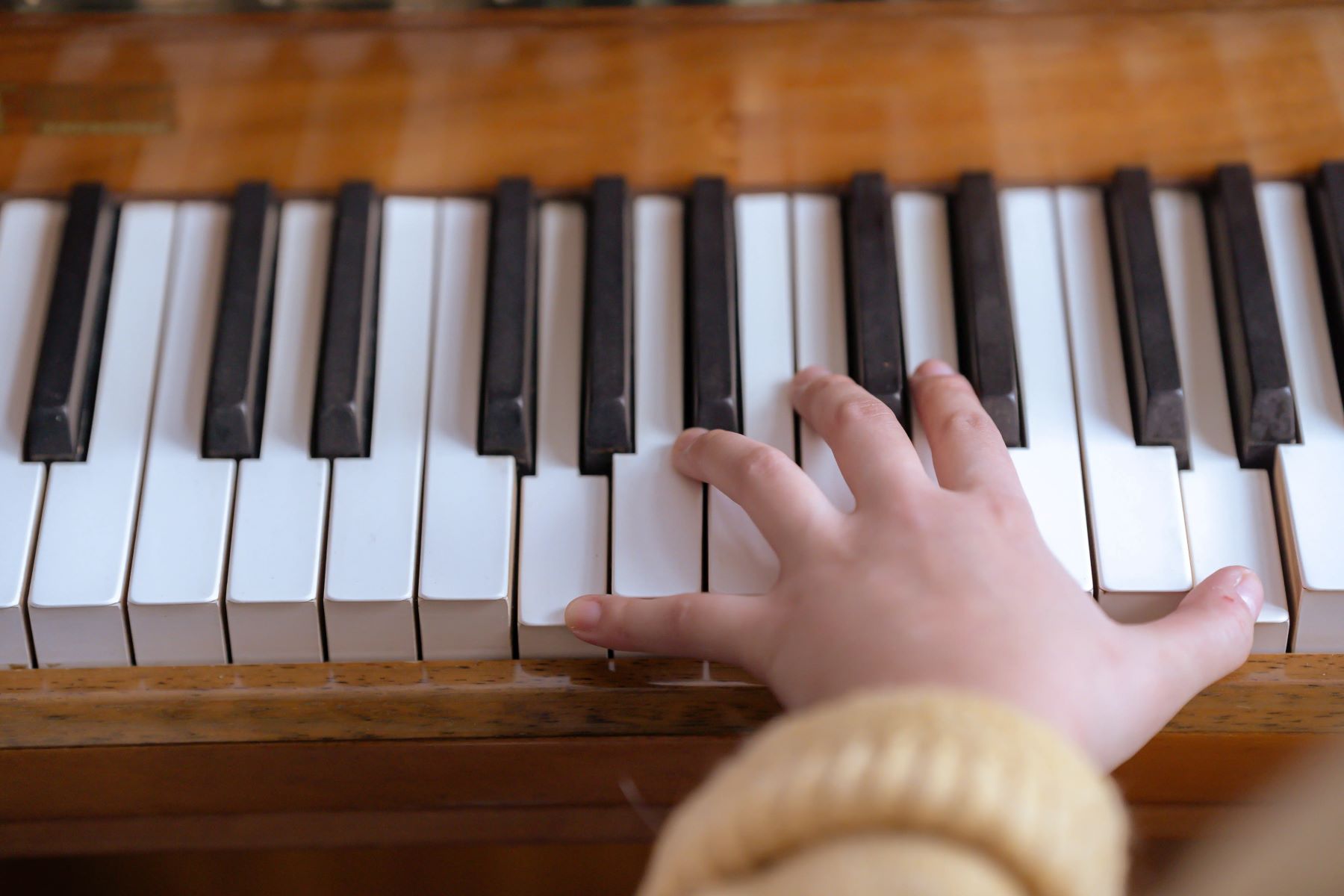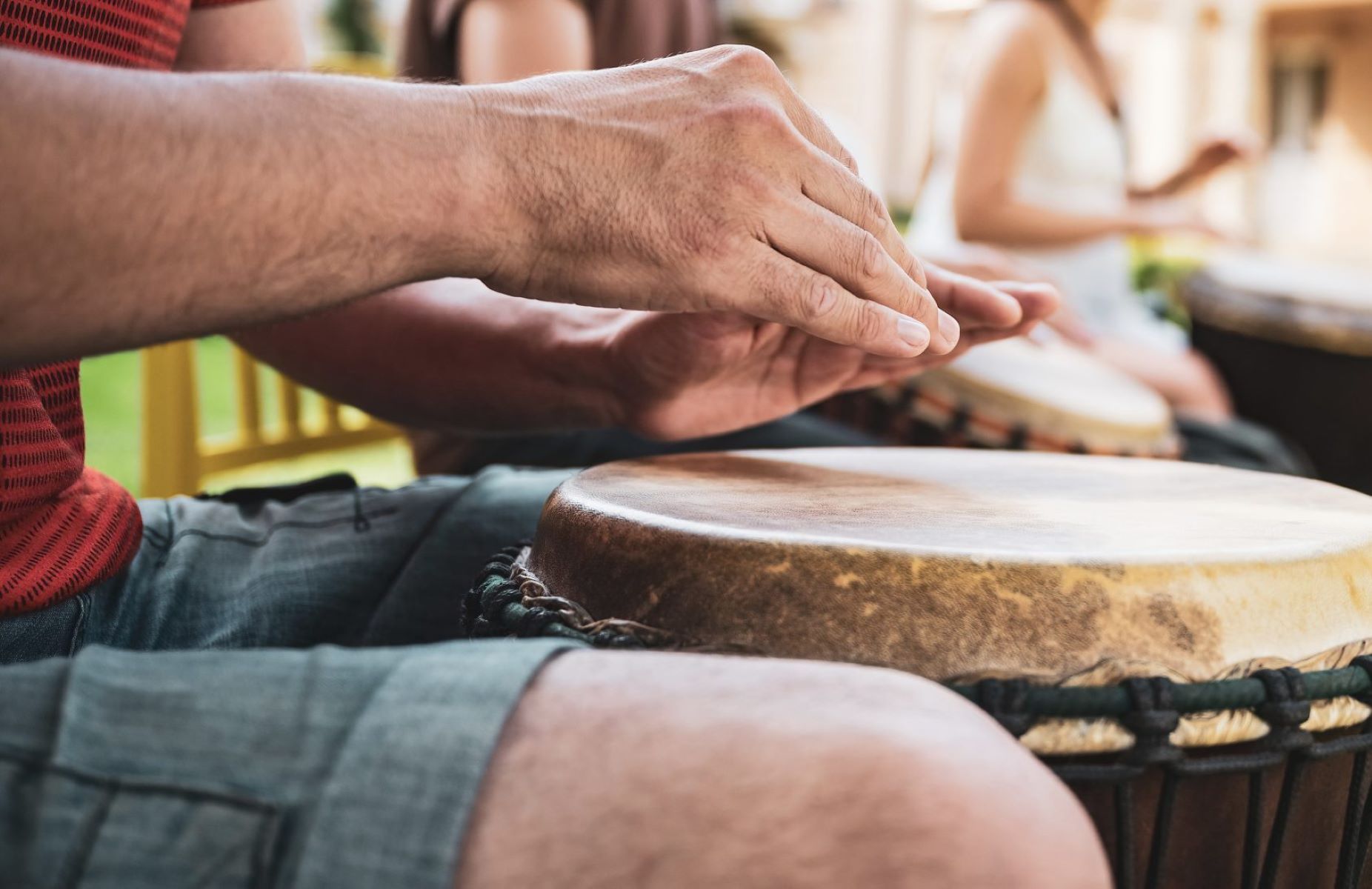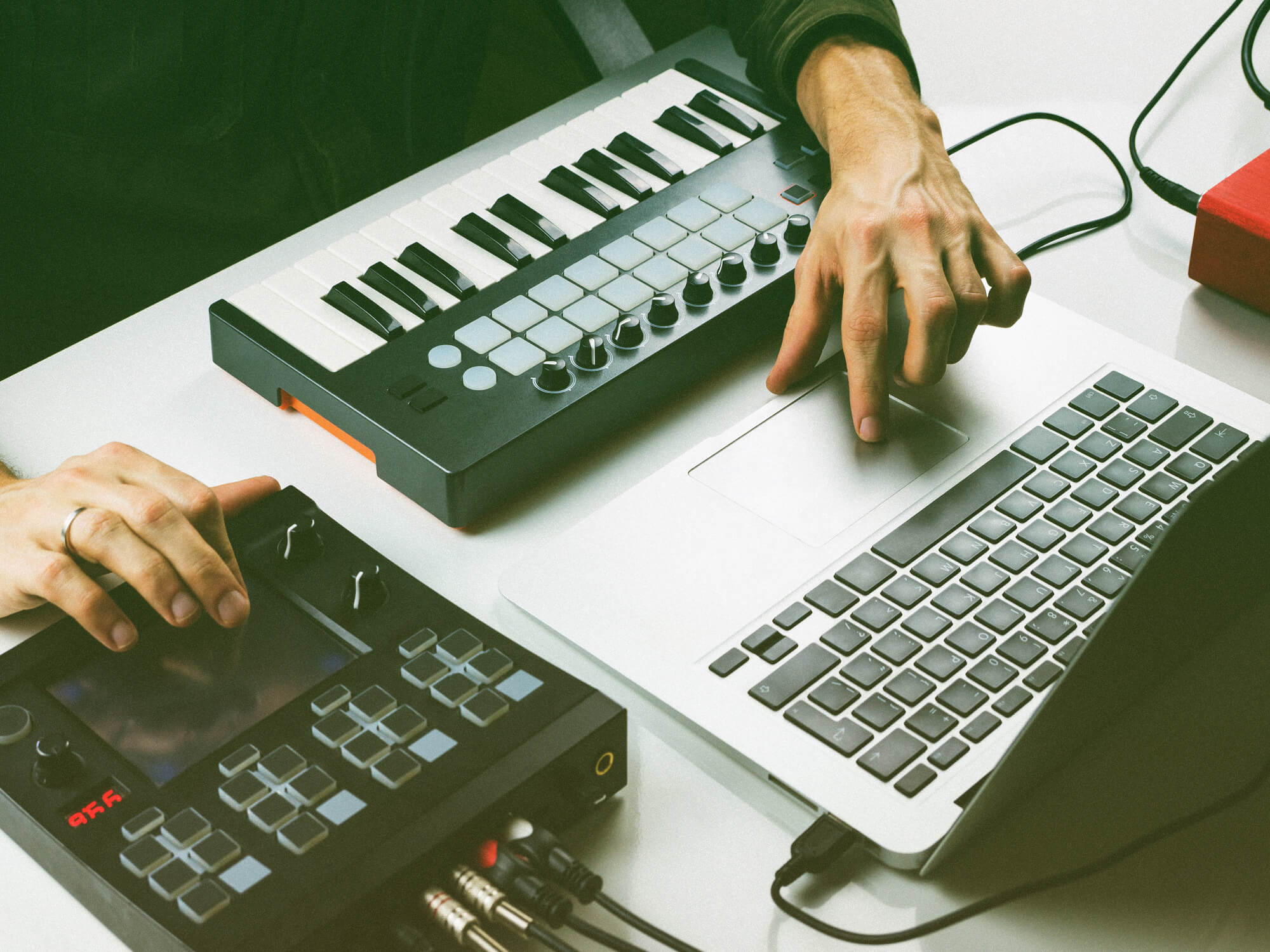Home>Events & Info>Ballet>How To Dance Ballet For Beginners
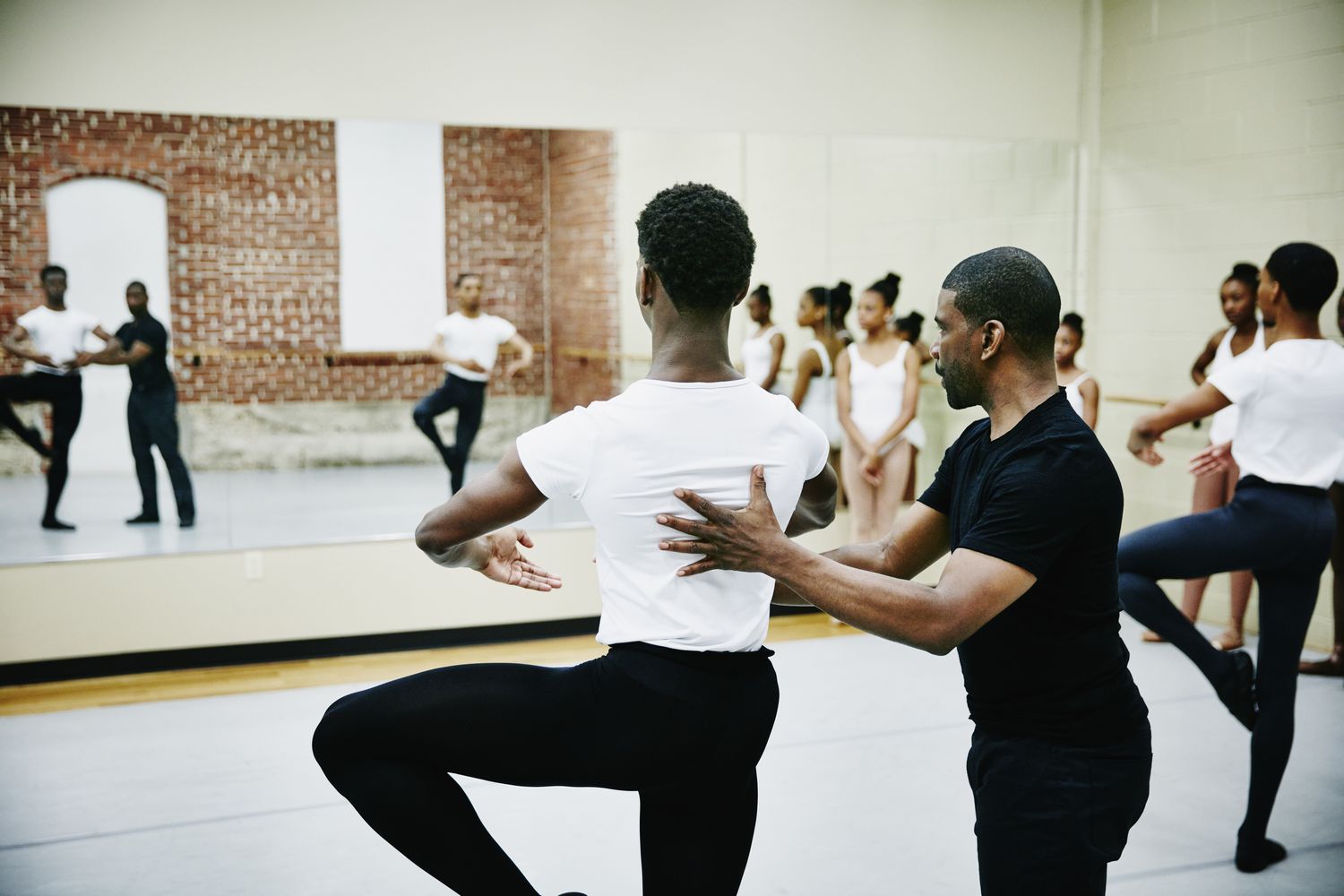

Ballet
How To Dance Ballet For Beginners
Modified: January 22, 2024
Learn the art of ballet with our beginner-friendly guide. Discover the essential techniques and steps to master ballet and start your graceful journey into the world of dance.
(Many of the links in this article redirect to a specific reviewed product. Your purchase of these products through affiliate links helps to generate commission for AudioLover.com, at no extra cost. Learn more)
Table of Contents
- Introduction
- Understanding Ballet
- Finding a Ballet Class
- Necessary Ballet Attire and Equipment
- Ballet Terminology and Positions
- Ballet Warm-up Exercises
- Basic Ballet Techniques and Movements
- Ballet Choreography and Combinations
- Improving Flexibility and Strength for Ballet
- Tips for Practicing Ballet at Home
- Common Mistakes to Avoid in Ballet
- Benefits of Dancing Ballet
- Frequently Asked Questions (FAQs)
- Conclusion
Introduction
Welcome to the fascinating world of ballet! From the graceful movements to the powerful expressions, ballet is an art form that captivates both performers and audiences alike. Whether you’re a complete beginner or have some prior dance experience, learning ballet can be a rewarding and enriching journey.
In this article, we will guide you through the basics of ballet, from understanding the art form to finding a ballet class and mastering the fundamental techniques. We will also provide tips for practicing at home and avoiding common mistakes. So, let’s dive into the world of ballet and explore the beauty of this timeless dance style.
Ballet is a highly disciplined dance form that originated in the Italian Renaissance courts and later developed into a distinct style in France during the 17th century. It has since evolved into a highly technical and expressive dance style, characterized by precise movements, pointed feet, and graceful postures.
Learning ballet offers numerous benefits for both the mind and body. It improves posture, balance, flexibility, and strength, while also fostering discipline, focus, and self-expression. Moreover, ballet is not limited to a particular age group or body type – anyone can embark on this journey and discover the joy of ballet.
Whether your goal is to become a professional ballet dancer or simply enjoy the physical and mental benefits of dancing, this article will provide you with the necessary information to get started. So, let’s begin our ballet adventure together and unlock the beauty and grace of this timeless art form.
Understanding Ballet
Ballet is a highly regimented and structured dance form that requires precision, control, and technique. It not only focuses on the physical movements but also emphasizes the expression of emotions and storytelling through dance. Understanding the key aspects of ballet will help you appreciate the art form and enhance your experience as a dancer.
One of the primary characteristics of ballet is its use of turnout. Turnout refers to the outward rotation of the legs from the hips, which gives ballet its distinct appearance and allows for fluid movement. This technique requires strength and flexibility in the hips and legs and is fundamental to executing many ballet movements.
Ballet also incorporates specific body positions known as the ballet positions. The most foundational position is first position, where the heels are together and the toes face outward, forming a straight line. Other positions, such as second, third, fourth, and fifth position, build upon the alignment and coordination established in first position.
Another essential element of ballet is the use of pointe work, which involves dancing on the tips of the toes using specially designed pointe shoes. Pointe work requires years of training to develop the necessary strength and technique to support the body’s weight on the toes. It is often associated with classical ballet and adds a level of ethereal beauty to performances.
Ballet is also characterized by the use of barre exercises. These exercises are performed at a stationary barre and help dancers develop strength, balance, and proper alignment. Barre work is an integral part of every ballet class and serves as a foundation for center work, where dancers perform movements and combinations without the support of the barre.
Lastly, ballet incorporates a wide range of movements and steps, each with its own specific name and technique. Some common ballet movements include plié (bending of the knees), relevé (rising onto the balls of the feet), arabesque (a pose where one leg extends backward while the body is upright), and pirouette (a spinning turn on one leg).
By understanding these key aspects of ballet, you will develop a greater appreciation for the art form and its technical intricacies. As you continue on your ballet journey, you will delve deeper into these concepts, refining your technique and expressing yourself through the beauty and grace of ballet.
Finding a Ballet Class
If you’re ready to embark on your ballet journey, the first step is to find a ballet class that suits your needs and skill level. Whether you reside in a bustling city or a small town, there are options available to help you get started with ballet training.
Here are some steps to guide you in finding the right ballet class:
- Research Local Dance Studios: Start by researching dance studios in your area that offer ballet classes. Look for studios that have reputable instructors, positive reviews, and a welcoming environment.
- Consider Your Level: Determine your level of experience in ballet. Many studios offer classes for beginners, intermediate dancers, and advanced students. It’s important to find a class that aligns with your current skill level to ensure you receive appropriate instruction and progression.
- Visit the Studios: Once you have shortlisted a few studios, visit them in person. This will give you a chance to see the facilities, meet the instructors, and get a feel for the overall atmosphere. Pay attention to the cleanliness of the space, the professionalism of the staff, and the overall vibe of the studio.
- Talk to the Instructors: Take the opportunity to speak with the ballet instructors at the studios you’re considering. Discuss your goals, experience level, and any concerns you may have. A good instructor will take the time to understand your needs and provide guidance on which class would be the best fit for you.
- Observe a Class: If possible, ask if you can observe a ballet class in action. This will give you a firsthand look at the teaching style, the level of instruction, and the dynamics of the class. Observing a class can help you assess if it aligns with your learning style and goals.
- Consider the Schedule and Location: Take into account the class schedule and the location of the studio. Choose a class that fits well with your other commitments and is convenient for you to attend regularly. Consistency is important in ballet training, so selecting a class that you can commit to long-term is crucial.
- Cost and Payment Options: Consider the cost of the ballet classes and inquire about the payment options. Some studios offer drop-in rates, while others have monthly or termly packages. Choose an option that fits your budget and allows you to make regular payments without financial strain.
Remember, finding the right ballet class is essential for your progress and enjoyment. Take your time to research and visit different studios before making a decision. Trust your instincts and choose a class where you feel comfortable and motivated to learn and grow as a ballet dancer.
Necessary Ballet Attire and Equipment
When participating in ballet classes, it is important to wear the appropriate attire and use the necessary equipment to ensure a comfortable and safe dance experience. Here are some essential items:
- Ballet Shoes: The most important piece of equipment for a ballet dancer is a pair of ballet shoes. These lightweight and flexible shoes are specifically designed for ballet movements, providing support and allowing dancers to execute steps with precision. Choose ballet shoes that fit snugly but are not too tight, and opt for either canvas or leather depending on your personal preference.
- Ballet Tights: Ballet tights are an essential component of a dancer’s attire. They provide coverage and create clean lines for the legs, allowing the instructor to assess technique accurately. Ballet tights come in various colors, with the most common options being pink or flesh-colored. Ensure that you choose tights that match your skin tone to create a seamless visual appearance.
- Ballet Leotard: A ballet leotard is a form-fitting garment that serves as the foundation of a dancer’s outfit. It allows freedom of movement while providing a streamlined silhouette. Leotards come in different styles, such as camisole, tank, short-sleeve, and long-sleeve. Choose a leotard that fits well and flatters your body shape. For beginners, a solid-colored leotard is a versatile choice.
- Optional: Ballet Skirt or Dance Shorts: Some dancers prefer to wear a ballet skirt or dance shorts over their leotard for additional coverage or style. These garments are not necessary but can be a personal preference. If you choose to wear a ballet skirt, opt for a classic wrap style or a circular skirt that flows gracefully with your movements.
- Hair Accessories: It’s essential to keep your hair neat and out of your face during ballet class. Depending on the length of your hair, you may need hair elastics, bobby pins, and a hairnet. A bun is the most common hairstyle for female dancers, as it allows for clean lines and keeps hair securely in place.
- Warm-up Attire: Before and after class, it’s important to wear warm-up attire to keep your muscles warm and prevent injury. This can include leg warmers, a wrap sweater, or a fitted jacket. Choose garments that are easy to layer and remove during class.
- Water Bottle: Staying hydrated is crucial during any physical activity, including ballet. Remember to bring a water bottle to stay refreshed and replenish your fluids throughout the class.
It’s important to check with your ballet instructor or the studio for any specific dress code requirements they may have. Some studios may have specific color preferences or guidelines for attire. Additionally, always ensure that your ballet attire is clean and well-maintained to present yourself professionally and show respect for the art form.
Now that you have an understanding of the necessary ballet attire and equipment, you can confidently come prepared for your ballet classes and focus on developing your technique and artistry.
Ballet Terminology and Positions
Like any dance form, ballet has its own unique vocabulary and positions that are essential to understand and master. Learning ballet terminology and positions will not only help you communicate with instructors and fellow dancers but also enable you to execute movements correctly. Here are some key ballet terms and positions to familiarize yourself with:
- First Position: This is the most basic position in ballet. Stand with your heels together and toes turned outward to form a straight line.
- Second Position: From the first position, slide one foot to the side, creating a wide stance with the legs. The arms are extended out to the sides.
- Third Position: Start in the first position and slide one foot forward so the heel is near the arch of the other foot.
- Fourth Position: Begin in the third position and slide the front foot further away, keeping the toes pointed forward. The arms can be held in various positions, such as in front of the body or rounded.
- Fifth Position: From the fourth position, slide the front foot back so the heel is touching the base of the back foot. The toes of one foot should be in line with the heel of the other foot.
- Plié: A fundamental movement in ballet where the knees bend and stretch. It is often used as a preparation for other movements and helps develop strength and control.
- Tendu: A term meaning “to stretch.” It involves sliding the foot along the floor from a closed position to an open position while keeping it fully extended.
- Grand Jeté: A powerful leap where the dancer jumps from one leg to the other, extending both legs in the air in a split position. It showcases strength, elevation, and control.
- Pirouette: A turning movement on one leg. The working leg is usually raised in a passé position, and the dancer spins on the supporting leg while maintaining balance and control.
- Arabesque: A pose where the dancer stands on one leg, while the other leg extends straight back. The upper body is typically tilted forward, creating a graceful line.
- Relevé: To rise onto the balls of the feet using the strength of the leg muscles. It is often used to transition between movements and is essential for balance and stability.
These are just a few examples of the ballet terminology and positions you’ll encounter in your ballet training. The more you immerse yourself in ballet, the more you’ll discover and become familiar with. Practice and repetition are key to mastering these terms and executing the movements with precision and grace. Don’t be afraid to ask your instructor for clarification or practice them at home to reinforce your understanding.
By learning and practicing ballet terminology and positions, you’ll be able to communicate effectively with instructors and fellow dancers and confidently execute the beautiful movements that define this captivating art form.
Ballet Warm-up Exercises
Before diving into the more complex movements of ballet, it is crucial to properly warm up your body to prevent injuries and prepare your muscles for intense physical activity. Ballet warm-up exercises are designed to increase circulation, improve flexibility, and enhance your overall performance. Here are some common warm-up exercises in ballet:
- Plies: Plies are fundamental warm-up exercises that help to stretch and strengthen the leg muscles. Start with your feet in first position, and slowly bend your knees, keeping your heels on the ground. Straighten your legs to return to the starting position. Repeat this exercise for several repetitions.
- Tendus: Tendus are exercises that promote flexibility and ankle strength. With each tendu, extend one leg to the front, side, or back, while keeping the foot in contact with the floor. Focus on fully articulating your foot and maintaining proper alignment.
- Port de Bras: Port de bras exercises involve graceful movements of the arms and upper body. They help to warm up the shoulders, back, and chest while improving posture and fluidity. Practice various arm movements, such as lifting and lowering, stretching and curving, and reaching to different directions.
- Pliés and Relevés: Incorporate pliés and relevés into your warm-up routine to further strengthen and warm up the leg muscles. Perform demi-pliés (half-bends) and grand pliés (deep bends) with controlled movements. Progress to relevés, rising onto the balls of your feet and then lowering back down.
- Leg Swings: Leg swings are dynamic exercises that enhance flexibility and increase range of motion in the hip joint. Hold onto a barre or wall for support, and swing one leg forward and backward while keeping your hips stable. Repeat on the opposite leg.
- Rotations and Stretches: Rotate your ankles, wrists, and neck to increase joint mobility. Additionally, perform stretches for your hamstrings, quadriceps, calves, and hip flexors to improve flexibility and prevent strain.
- Jumps: Incorporate light jumps, such as small jumps or petite allegro, into your warm-up routine to increase heart rate and activate the leg muscles. Start with gentle jumps and gradually increase the intensity and height of your jumps.
Remember, warming up is not limited to specific exercises. You can customize your warm-up routine based on your individual needs and areas of focus. Listen to your body and pay attention to any tight or stiff areas that may require additional stretching or warm-up exercises.
Warm-up exercises are not only important before ballet class but also before any physical activity. They prepare your body for movement, reduce the risk of injury, and optimize your performance. Take the time to incorporate these warm-up exercises into your ballet practice, and you’ll reap the benefits of a safer and more enjoyable dance experience.
Basic Ballet Techniques and Movements
Mastering basic ballet techniques and movements is essential for building a strong foundation in ballet. These techniques not only form the building blocks for more advanced steps but also help develop strength, flexibility, and control. Here are some fundamental ballet techniques and movements to focus on:
- Relevé: Relevé is the act of rising onto the balls of your feet. Practicing relevés helps strengthen the feet, calves, and ankles, and it is a fundamental movement used throughout ballet.
- Tendu: Tendu is the action of extending your foot along the floor while keeping it in contact with the ground. It helps develop foot articulation and strength.
- Jeté: Jeté is a traveling jump where the dancer springs from one foot to the other, extending both legs in the air. It requires coordination, timing, and control.
- Plié: Plié is the bending of the knees while maintaining proper alignment. It is used to initiate and land many ballet movements, providing strength and control.
- Passé: Passé is a position where one leg is bent and lifted, with the foot resting against the other leg’s knee. It requires balance and control and is often used in pirouettes and arabesques.
- Grand Battement: Grand battement is a high kick where the working leg is extended to its highest point. It helps develop leg strength, flexibility, and control.
- Adagio: Adagio refers to slow, controlled movements that focus on balance, extension, and grace. It requires strength and control over the body’s movements while maintaining fluidity.
- Chassé: Chassé is a gliding step that involves one foot chasing after the other. It is frequently used in quick footwork and traveling movements.
- Pirouette: Pirouette is a spinning turn performed on one leg. Proper technique, spotting, and balance are essential to execute a successful pirouette.
- Arabesque: Arabesque is a pose where one leg is extended behind the body while maintaining an upright posture. It requires balance, flexibility, and strength.
These are just a few examples of the vast repertoire of ballet techniques and movements. As you progress in your ballet training, you will continue to learn and refine new steps and combinations. Remember, proper technique is crucial in ballet to achieve the desired grace and precision. Pay attention to alignment, posture, and coordination, and practice regularly to improve your skills.
It is important to learn these movements under the guidance of a qualified ballet instructor. They will provide corrections, guidance, and help you understand the proper mechanics of each movement. Consistent practice and attention to detail will allow you to develop a solid foundation in ballet and pave the way for more advanced techniques as you progress in your dance journey.
Ballet Choreography and Combinations
Ballet choreography involves the artistic arrangement of movements, steps, and gestures to create a compelling and cohesive dance piece. It is an essential aspect of ballet that allows dancers to express emotions, tell stories, and showcase their technical skills and artistry. Understanding ballet choreography and practicing different combinations is an important part of a dancer’s training. Here’s a closer look at ballet choreography and combinations:
Choreography usually begins with a choreographer’s vision or concept for a dance piece. They select the music, choose the movements, and work with the dancers to bring their artistic vision to life. Ballet choreography can be performed individually, in duets, or as a group, with each dancer contributing to the overall composition.
Ballet combinations are sequences of steps and movements that are put together to form a cohesive routine. They can vary in complexity and style, ranging from simple combinations for beginners to intricate and challenging combinations for advanced dancers. Combinations often include a mix of jumps, turns, balances, and fluid movements that showcase different aspects of ballet technique.
Learning ballet combinations requires focus, discipline, and attention to detail. Dancers must memorize the sequence of steps, execute them with proper technique and musicality, and transition smoothly between movements. Practicing combinations helps dancers build their physical endurance, improve their technical skills, and develop their ability to interpret and express the choreographer’s intentions.
In addition to following choreographed combinations, dancers also have the opportunity to create their own movements and contribute to the choreography during certain parts of the performance. This allows for individual expression and adds a unique touch to the overall piece.
Working on ballet choreography and combinations is not only a way to develop technical proficiency but also an opportunity to explore artistic expression. It challenges dancers to infuse their movements with emotion, convey a story or concept, and connect with the audience on a deeper level.
Furthermore, ballet choreography and combinations provide an excellent opportunity for dancers to develop their versatility. They can experience different styles of choreography, adapt to varying tempos and rhythms, and challenge themselves to go beyond their comfort zones.
Remember, ballet choreography is a continuous learning process. As you advance in your training, you’ll encounter more complex and intricate combinations that will push your skills and creativity. Embrace the challenges, remain open to feedback, and enjoy the process of bringing a choreographer’s vision to life through your movements and artistry.
Improving Flexibility and Strength for Ballet
Flexibility and strength are essential components of ballet training. Developing flexibility allows for a wider range of motion, enhances the aesthetic quality of movements, and reduces the risk of injuries. Building strength creates a stable foundation, enabling dancers to perform challenging steps with control and precision. Here are some tips to improve flexibility and strength for ballet:
1. Consistent Stretching: Incorporate regular stretching sessions into your ballet routine. Focus on stretching all major muscle groups, including the legs, hips, back, and shoulders. Hold each stretch for 20-30 seconds and aim to deepen your flexibility over time.
2. Dynamic Warm-up: Before stretching or engaging in vigorous ballet exercises, warm up your muscles with dynamic movements. Perform exercises like leg swings, arm circles, and gentle cardio to increase blood flow and prepare your body for intense physical activity.
3. Stretching Techniques: Explore various stretching techniques, such as static stretching, dynamic stretching, and passive stretching. Each method targets different aspects of flexibility and helps to gradually improve your range of motion.
4. Yoga and Pilates: Supplement your ballet training with yoga or Pilates classes. These practices enhance core strength, stability, balance, and flexibility, all of which are beneficial for ballet dancers. They also promote body awareness and alignment, which are crucial in ballet technique.
5. Strength Training: Incorporate strength training exercises into your fitness routine. Focus on exercises that target the muscles used in ballet, such as squats, lunges, planks, and calf raises. Aim for a balance between strengthening the major muscle groups and maintaining long, lean muscles desired in ballet.
6. Resistance Bands: Utilize resistance bands to add resistance to your exercises and stretches. They provide external resistance, helping to build strength and improve flexibility, especially in the arms, legs, and ankles.
7. Ballet Exercises: Participate in targeted ballet exercises that improve both flexibility and strength. Practice relevés, developpés, grand battements, and other ballet movements that enhance flexibility, balance, and control.
8. Mind-Body Connection: Pay attention to your body and be mindful of proper alignment and technique during each exercise and movement. Engage the correct muscles and focus on maintaining fluidity and control to maximize the benefits of your training.
9. Rest and Recovery: Allow your body time to rest and recover. Adequate rest is crucial for muscle tissue repair and growth. Incorporate rest days into your training schedule and prioritize adequate sleep to optimize your performance and prevent overuse injuries.
Remember, improvement in flexibility and strength takes time and consistent effort. Be patient with yourself, listen to your body, and avoid pushing beyond your limits. With dedication and a balanced approach to training, you will gradually enhance your flexibility and strength, leading to improved technique and performance in ballet.
Tips for Practicing Ballet at Home
Practicing ballet at home can be a valuable addition to your regular dance classes, allowing you to reinforce technique, improve muscle memory, and further develop your skills. While it may not replace the guidance of a qualified instructor, here are some tips to help you make the most of your at-home ballet practice:
1. Create a Dedicated Space: Set aside a designated area in your home where you can practice ballet. Clear out enough space to move freely without any obstructions. Ideally, it should be a hard, non-slip surface to prevent accidents.
2. Use a Mirror: If possible, practice in front of a mirror to observe your alignment and technique. It will enable you to check your posture, positions, and movements, ensuring they are correct and precise.
3. Warm Up: Begin each practice session with a warm-up routine to prepare your body for movement. Incorporate stretches, pliés, relevés, and other basic exercises to increase circulation and flexibility.
4. Practice Fundamentals: A solid foundation is essential in ballet. Focus on mastering the basic ballet techniques, positions, and movements. Pay close attention to proper alignment, turnout, and control in each exercise.
5. Practice Routines and Combinations: Utilize choreography or combinations from your dance classes to practice at home. Work on memorizing the steps, transitions, and musicality. Break them down into smaller sections and gradually build up to the full combination.
6. Use Online Resources: Take advantage of online resources such as video tutorials, ballet classes, and demonstrations. Many professional ballet companies and instructors offer online classes and tutorials, providing guidance and inspiration for your at-home practice.
7. Focus on Musicality: Practice dancing with musicality by identifying the rhythm, phrasing, and dynamics of the music. Listen carefully and connect your movements to the music, expressing emotions and telling a story through your dancing.
8. Vary Your Practice: Add variety to your at-home practice by exploring different dance styles, techniques, and exercises. It can help keep your practice sessions interesting and challenging, and broaden your understanding of dance as an art form.
9. Record and Review: Consider recording yourself during practice sessions. It allows you to review your technique, alignment, and overall performance and provides an opportunity for self-reflection and improvement.
10. Stay Motivated and Consistent: Set realistic goals for your at-home practice and stay committed to regular practice sessions. Celebrate small achievements along the way to help maintain motivation and progress steadily.
Remember, although practicing ballet at home has its benefits, it’s important to continue attending formal classes to receive professional guidance and feedback. Use your at-home practice sessions as a supplementary tool to support your training and enhance your overall growth as a ballet dancer.
Common Mistakes to Avoid in Ballet
As with any discipline, ballet requires precision, technique, and discipline. To progress effectively and minimize the risk of injury, it is essential to be aware of common mistakes and actively work to avoid them. Here are some common mistakes to avoid in ballet:
1. Poor Posture: One of the most common mistakes in ballet is having poor posture. It is important to maintain a tall and elongated spine, with the shoulders down and back. Avoid slouching or collapsing the chest, as it can affect balance and overall aesthetics.
2. Lack of Turnout Control: Turnout is a fundamental aspect of ballet technique, where the legs rotate outward from the hips. Avoid forcing your turnout beyond your natural range of motion, which can lead to strain and injury. Focus on gradually increasing your flexibility and using your turnout properly and safely.
3. Neglecting Alignment: Proper alignment is crucial in ballet, as it ensures correct weight distribution and reduces the risk of injuries. Avoid rolling inwards or outwards on your feet when executing movements. Work on strengthening the core, engaging the correct muscles, and maintaining a stable alignment throughout your practice.
4. Insufficient Warm-up: Skipping or rushing through the warm-up phase is a common mistake that can lead to injuries. Take the time to properly warm up your body, focusing on stretching, mobilizing joints, and gradually increasing your heart rate before engaging in more vigorous ballet movements.
5. Improper Pointe Work: If you are at the advanced level and are dancing en pointe, it is crucial to avoid going onto pointe before you are ready. Pointe work requires significant strength and technique to properly support your body weight on the toes. Work closely with a qualified instructor and progress at a steady and safe pace.
6. Overexertion and Ignoring Fatigue: Ballet is physically demanding, and it’s important to listen to your body. Avoid pushing through fatigue or pain without proper rest and recovery. Overexerting yourself can lead to burnout and injury. Always prioritize rest, proper nutrition, and adequate sleep to support your body’s needs.
7. Lack of Musicality: Ballet is not just about physicality, but also expression through music. Avoid solely focusing on the technical aspects of the movements while neglecting the musicality. Work on connecting your movements to the rhythm, dynamics, and emotion of the music to create a more compelling performance.
8. Neglecting Artistry: While technique is important, ballet is also an art form that requires artistic expression. Avoid becoming too focused on perfecting the movements and forgetting to add your own personal touch and artistry. Explore and experiment with different nuances, emotions, and interpretations to bring the choreography to life.
9. Failure to Breathe and Relax: Tension and holding your breath can hinder your movements and restrict your range of motion. Remember to breathe deeply and consciously, allowing the breath to flow naturally with the movements. Relaxation and fluidity are key to achieving a graceful and effortless appearance.
10. Lack of Consistency: Consistency is crucial for improvement in ballet. Avoid irregular practice and inconsistency in attending classes. Regular and dedicated practice is essential for building strength, technique, and muscle memory.
By being mindful of these common mistakes and actively working to avoid them, you can enhance your ballet practice, minimize the risk of injury, and progress more effectively. Regularly working with a qualified ballet instructor will provide guidance and corrections specific to your needs, helping you fine-tune your technique and reach your full potential as a ballet dancer.
Benefits of Dancing Ballet
Beyond the sheer beauty and grace of ballet, this timeless art form offers a wealth of physical, mental, and emotional benefits. Whether you’re a professional dancer or an enthusiastic beginner, the practice of ballet can have a profound impact on your overall well-being. Here are some of the key benefits of dancing ballet:
1. Physical Fitness: Ballet is a highly physical activity that engages the entire body. Regular ballet practice improves strength, flexibility, coordination, and balance. The precise movements and postures of ballet work muscles, help in toning the body, and improve overall cardiovascular fitness.
2. Posture and Alignment: Ballet training emphasizes proper posture and alignment. Through continuous practice, ballet helps to correct postural imbalances and develops good body alignment, leading to improved posture even outside of the dance studio. This promotes overall body awareness and reduces the risk of injuries.
3. Discipline and Focus: Ballet requires discipline, focus, and perseverance. The practice of memorizing choreography, perfecting technique, and working towards performance goals instills discipline and commitment. The concentration required during ballet classes can also enhance focus and concentration in other areas of life.
4. Self-Expression and Artistry: Ballet is a unique form of self-expression, allowing dancers to tell stories, convey emotions, and communicate through movement. It nurtures creativity and develops a sense of artistry, giving dancers a platform to explore their own unique style and interpretation.
5. Improved Mental Health: Engaging in ballet can have a positive impact on mental health. The sheer joy and sense of accomplishment experienced during ballet classes can boost self-confidence and self-esteem. Ballet also provides a creative outlet for emotional expression, reducing stress and promoting a sense of well-being.
6. Social Interaction: Ballet classes offer an opportunity for social interaction and sense of community. Working alongside fellow dancers, collaborating on group routines, and sharing the love for ballet can foster friendships and a supportive environment that enhances the overall experience.
7. Body Awareness and Control: Ballet requires a high level of body awareness and control. Through dedicated practice, dancers develop a deep understanding of their bodies, their strengths, and areas requiring improvement. This body awareness transcends into improved control over movements in daily life.
8. Transferable Skills: The skills acquired through ballet training, such as discipline, focus, perseverance, and attention to detail, are transferable to many areas of life. These qualities contribute to success not only in dance but also in academics, careers, and relationships.
9. Increased Confidence and Poise: Ballet helps build confidence and poise by improving overall body posture, enhancing physical appearance, and instilling a sense of accomplishment. The grace, control, and elegance achieved through ballet provide a strong foundation for developing confidence both on and off stage.
10. Lifelong Passion: Ballet is a lifelong journey, and the love for ballet can extend well into adulthood. Whether you pursue ballet as a career or enjoy it as a recreational activity, ballet can provide a lifelong passion, keeping you motivated, active, and connected to the art form.
Beyond the physical benefits, ballet influences personal growth, encourages creativity, and nurtures a sense of self-expression. It offers a holistic approach to well-being, combining physicality, artistry, and mental focus. Embrace the beauty of ballet and allow it to enrich your life in countless ways.
Frequently Asked Questions (FAQs)
Here are answers to some common questions about ballet:
1. Can I start ballet as an adult?
Absolutely! Ballet is not limited to a specific age group. Many studios offer adult ballet classes tailored to various skill levels. It’s never too late to start ballet and discover the joy of dancing.
2. Do I need prior dance experience to learn ballet?
No, prior dance experience is not necessary to begin learning ballet. Ballet classes often cater to beginners and gradually progress to more advanced levels. The important thing is to have a passion and dedication to learn and grow in the art form.
3. Do I need a specific body type to dance ballet?
No, ballet can be enjoyed by people of all body types. While certain physical attributes may be advantageous in certain aspects of ballet, such as height or flexibility, anyone can partake in and excel at ballet with training, dedication, and a love for the dance.
4. How often should I attend ballet classes?
The frequency of attending ballet classes depends on your goals and schedule. For beginners, starting with one or two classes a week is a good way to get started. As you progress, you may choose to increase the frequency and duration of classes to further develop your skills. Consistency is key in ballet training.
5. Can I practice ballet at home?
Practicing ballet at home can complement your studio training. It’s important to create a safe and dedicated space, warm up properly, and focus on technique and stretching. However, it’s recommended to continue attending formal ballet classes to receive professional guidance and feedback.
6. How long does it take to become a professional ballet dancer?
The journey to becoming a professional ballet dancer varies for each individual. It typically takes years of dedicated training, consistent practice, and commitment to reach a professional level. The duration can range from several years to more than a decade, depending on various factors, including natural ability, training hours, and the opportunity for performance experiences.
7. Is ballet only for females?
No, ballet is not exclusive to any gender. While historically ballet has predominantly highlighted female dancers, males can also pursue ballet and have successful careers in the field. It is important to recognize and celebrate the diversity and inclusion of dancers of all genders in ballet today.
8. Can I still enjoy ballet if I don’t want to pursue a professional career?
Absolutely! Ballet can be enjoyed at any level, whether you have aspirations of becoming a professional or simply wish to experience the physical and artistic benefits of the dance form. Ballet provides a fulfilling and enriching experience for recreational dancers as well.
9. Is ballet only performed in traditional, classical styles?
While classical ballet is the foundation of the art form, ballet has evolved to incorporate a wide range of styles and influences. Contemporary, neoclassical, and even avant-garde ballet performances are now common, providing diversity and innovation within the dance genre.
10. Can I attend ballet performances as an audience member?
Absolutely! Ballet performances are a wonderful way to experience the beauty and artistry of ballet. Many professional companies offer public performances, ranging from classical ballets to modern works. Check local theaters, dance companies, and ballet schools for upcoming performances in your area.
These are just a few of the many questions people have about ballet. If you have more specific inquiries, it’s always recommended to reach out to a qualified ballet instructor or dance professional who can provide personalized answers and guidance.
Conclusion
Ballet is an enchanting and demanding art form that has captivated audiences for centuries. It requires discipline, technique, and dedication, but the rewards are immeasurable. From the physical benefits of improved strength, flexibility, and posture to the mental and emotional benefits of expression and artistic growth, ballet offers a holistic approach to well-being.
Whether you’re a beginner taking your first plié or an experienced dancer refining your technique, the journey of ballet is full of challenges and triumphs. It is a dance form that transcends age, body type, and background, allowing individuals to express themselves and connect with others through the universal language of movement.
Remember, ballet is not just about the technical movements—it is about the joy of dancing, the dedication to mastery, and the fulfillment of self-expression. It requires perseverance, patience, and a willingness to embrace both the successes and setbacks along the way.
By immersing yourself in the world of ballet, whether through classes, performances, or personal practice, you embark on a path of self-discovery and growth. Ballet offers a multitude of benefits that extend far beyond the dance studio, fostering discipline, confidence, creativity, and a deep appreciation for the art form.
So, whether you dream of performing on stage, desire the physical fitness of a ballet dancer, or simply find solace in the beauty of ballet, embrace the grace, elegance, and artistic expression that ballet provides. Embark on this wondrous journey, immerse yourself in the music and movement, and let ballet enrich your life both on and off the dance floor.

